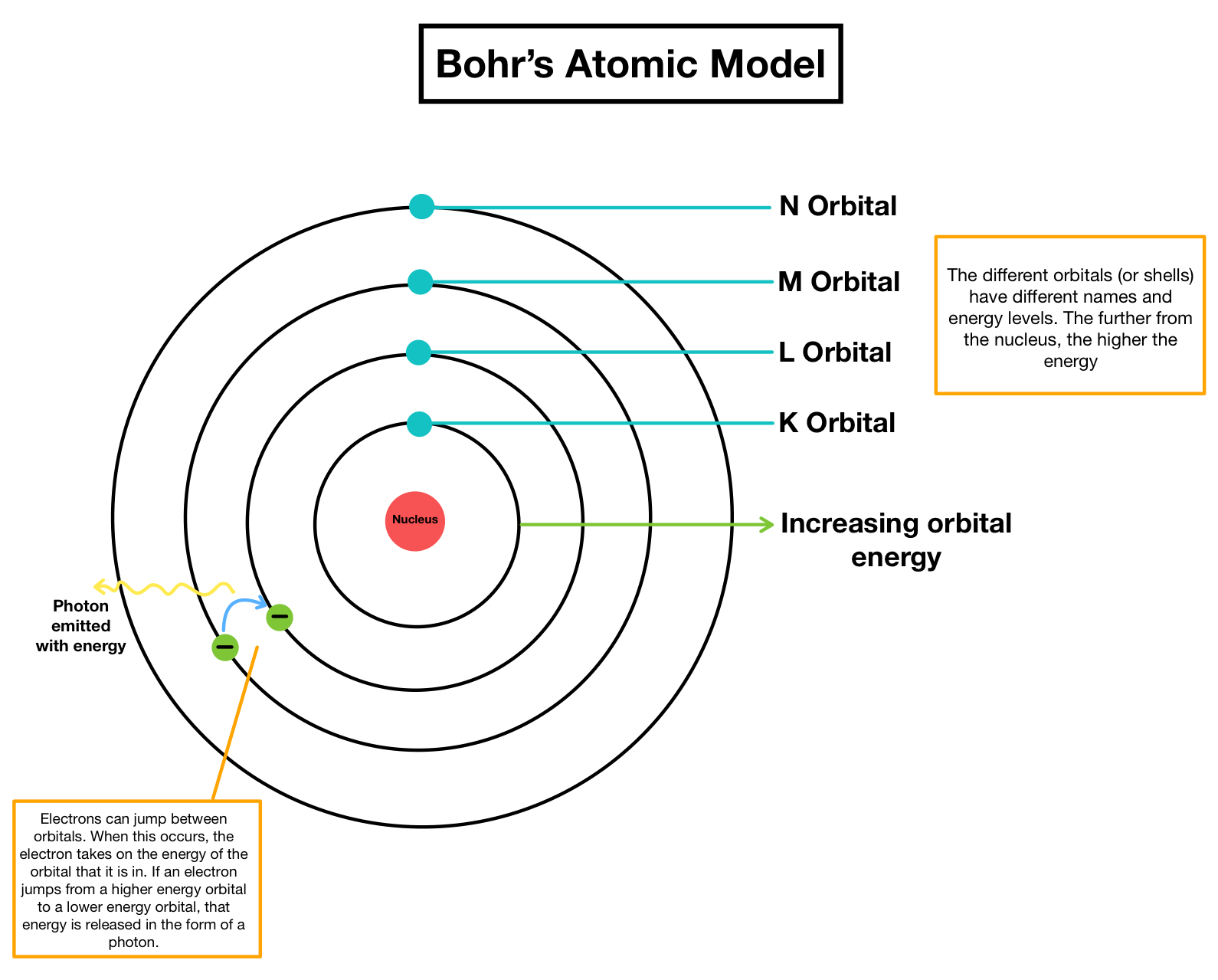
In particular, his suggestion that each atom was like a miniature Solar System, in which the electrical force held the electrons in orbit around the nucleus in much the same way that gravitational forces bind the planets to the Sun, was soon shown to be inconsistent with the laws of physics as they were then known. The concept of the atomic nucleus quickly gained widespread acceptance, but some of Rutherford’s other ideas about the structure of atoms did not fare so well. the nuclei of helium atoms) were observed to rebound or scatter from gold atoms in thin metal foils.

The presence of a nucleus at the heart of every atom was proposed in 1911 by Ernest_RutherfordErnest (later Lord) Rutherford (1871–1937) on the basis of experiments in which α–particles (i.e. The centrally located nucleus has a diameter of about 10 −14 m and occupies less than one trillionth (10 −12) of an atom’s volume, yet it contains more than 99.9% of its mass. A typical atom has a diameter of about 10 −10 m and consists of one or more negatively charged electrons moving under the electrical attraction of a small, dense, positively charged nucleus. The hundred or so different kinds of atom are the basic building blocks of all of the familiar forms of matter.

ATOMIC SPECTRA LIGHT ENERGY AND ELECTRON STRUCTURE SERIES
1 Opening items 1.1 Module introduction 1.2 Fast track questions 1.3 Ready to study? 2 The production of atomic spectra 2.1 Characteristic emission spectra 2.2 Continuous emission spectra the black–body spectrum 2.3 Absorption spectra 2.4 Summary of Section 2 3 The emission spectrum of atomic hydrogen 3.1 The visible spectrum of atomic hydrogen Balmer’s formula 3.2 The ultraviolet and infrared series of spectral lines for hydrogen 3.3 Summary of Section 3 4 Bohr’s model for the hydrogen atom 4.1 The four postulates 4.2 Derivation of the allowed orbital radii 4.3 Derivation of the electron’s orbital speed 4.4 Derivation of the kinetic, potential and total energies of an electron 4.5 The energy level diagram for atomic hydrogen unbound states and ionization 4.6 Transitions, spectral lines and Balmer’s formula 4.7 Bohr’s model for the other series in the hydrogen spectrum 5 Production of spectra excitation by heating and by collisions 6 Closing items 6.1 Module summary 6.2 Achievements 6.3 Exit test


 0 kommentar(er)
0 kommentar(er)
